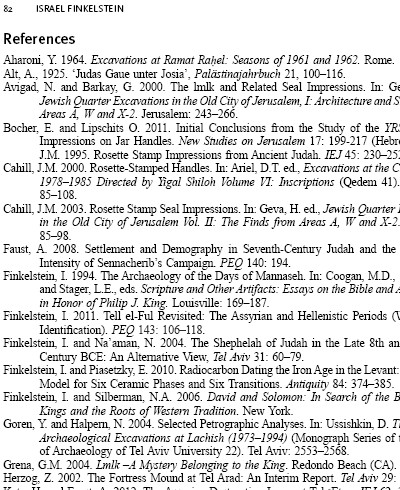
Okay, I confess that I didn't see the two "484" occurrences until I looked at the receipt this morning while taking the survey. But I'll take advantage of any trivial incident as an opportunity to write about a Heritage Singers show!
I happened to stop at this Chick-fil-A on the way to the annual concert at Loma Linda University Church. In addition to celebrating my 1-year anniversary of becoming an HS fan, this was an extra-special occasion because it was the first time in many years (the 2005 35th-anniversary show?) they utilized a live (6-member) band for an American concert rather than simply pre-recorded orchestration. Here's the full line-up plus set-list:
- Max Mace
- Shani Diehl
- Tim Calhoun
- Melody Davis
- Tim Davis
- Val Mace-Mapa
- Dave Bell
- Austin Mapa (percussion)
- Art Mapa (guitar)
- Jesper Kristensen (drums)
- Joel Umali (piano)
- Nino Ocampo (bass)
- Sergio Leiva (organ)
- O Happy Day / Nothing But the Blood
- Hey
- Jesus Is All I Need
- I Believe in a Hill Called Mount Calvary
- Child Forgiven
- Holy Spirit Rain Down
- The Lighthouse
- One Fine Day
- (testimony by Shani referencing Max Lucado's blog)
- Home
- Yes I Am
- The Prayer
- Song of Glory
- I Am Not Ashamed of the Gospel
- (offering speech by LLU Pastor Randy Roberts)
- Hosanna
- (HS member introductions)
- This Old House
- What a Day That Will Be
- In Awe
- Strike Up the Band
- The Savior Is Waiting
- I Bowed on My Knees & Cried Holy
Aside from getting to hear how the band blended with the pre-recorded tracks, highlights for me were getting to hear the first-ever (?) live performances of "One Fine Day" (from a 2005 album) & "The Savior..." (from their current album). Highlights for the general audience, based upon their standing ovations, were "The Prayer" & "I Bowed..."
Afterwards I was able to chat with Art about an obscure track from their 1986 album ("Right Now"), "Summer of '84". As this was the turning point in my life between graduating from university & moving to California for full-time engineering employment, & since it was only the 2nd instrumental song HS recorded, naturally I was curious. It turned out to be another HS original, composed primarily by longtime keyboardist Dani Stromback (who performs regularly at their European shows).
Next I met with Tim Davis, who has played a major role in HS musical arrangements for many years, & who works in the secular industry recording session soundtracks & commercial jingles. Earlier this year I found a special video on YouTube of Tim presenting his Christian testimony prior to singing "His Heart Is Big Enough" (from the 1994 Peacespeaker album tour). Less than a minute into his 8-minute speech, he does a funny imitation of the Droopy cartoon dog, a great example of Tim's humorous personality:
After asking him to autograph my HS book, I told him I was going to prove to him that I had become a genuine HS fan. I really don't have the skill to sing or imitate voices, but I've been practicing that winners-never-cheat line as best I could in the hope I'd get to make Tim laugh, & I succeeded! He got a kick out of it because it was from such a long time ago. The element of surprise!
And of course I had the privilege of chatting again with the HS founders, Mr. & Mrs. Mace. Overall it was a blessed night. So much joy! Such a great occasion to praise God & be thankful for life, & for the promise of so much more to come throughout eternity with the family of God. Get used to it!
G.M. Grena

